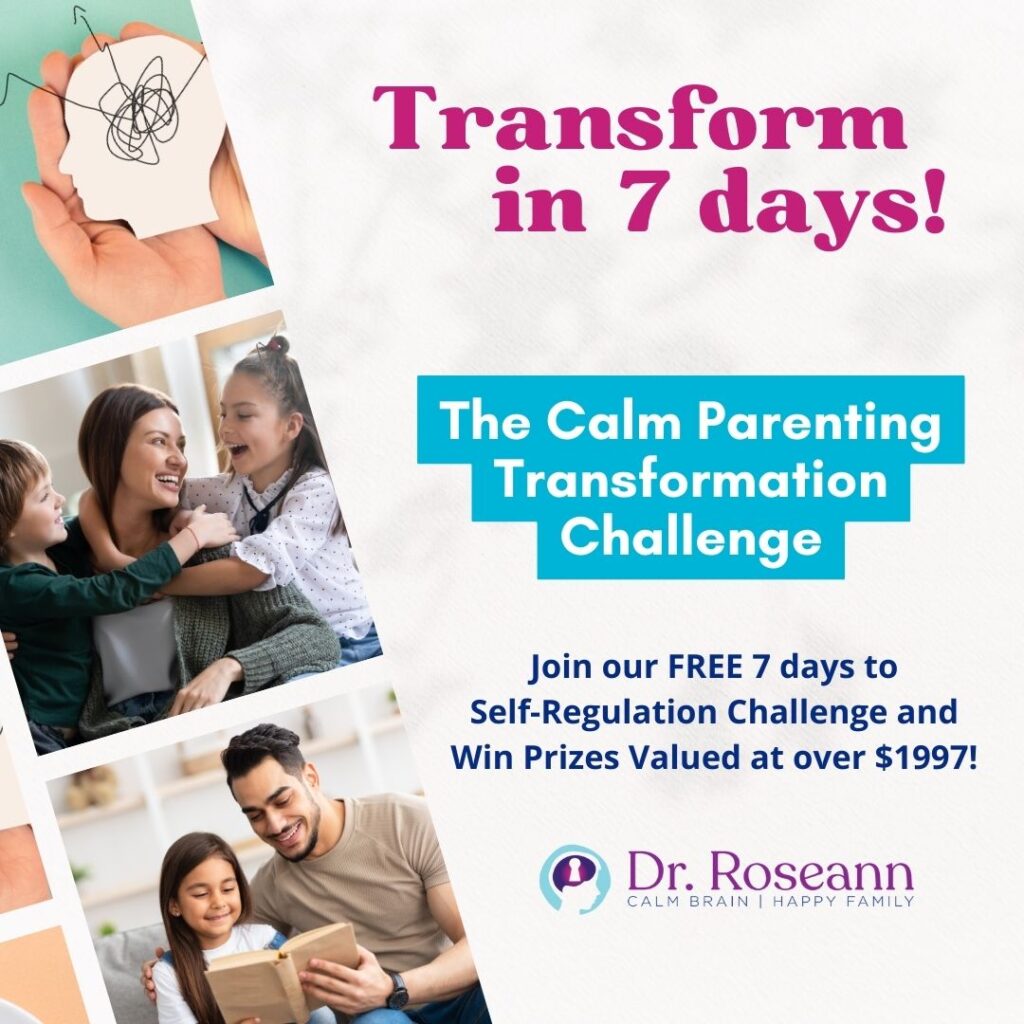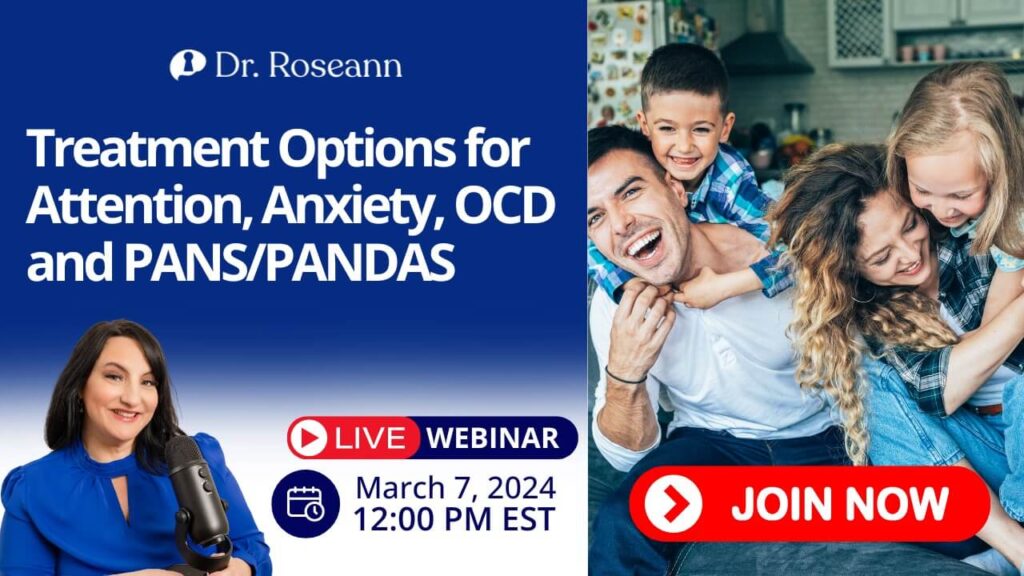Brain mapping, specifically through QEEG brain maps, has proven to be a valuable diagnostic tool, shedding light on different areas of the brain and their activities. One of the remarkable aspects of brain mapping is its versatility, making it applicable to various demographics, including both children and adults.
By identifying specific patterns of activity or irregularities in the brain, practitioners can tailor interventions and treatment plans to address individual needs. This personalized approach enhances the effectiveness of therapeutic strategies. That is why we’re discussing all about brain maps in today’s episode.
Brain mapping and its applications for various mental health issues.
When certain areas of the brain are underworking, you might observe symptoms such as inattention, withdrawn behaviors, slow processing, and fatigue. On the other hand, when areas are overworking, manifestations could include anger, irritation, high-level anxiety, and OCD tendencies. Brain mapping, conducted through the placement of a cap with electrodes, helps us understand these patterns. The cap, often with conductivity gel, measures electrical activity in 19 different brain sites, revealing the interactions between structures.
The connections between brain structures, referred to as the “superhighway,” play a crucial role. Conditions like OCD, panic attacks, autism, and depression are associated with specific connectivity patterns. Through the brain mapping process, a computer records this data, which is then analyzed and interpreted. In my case, I bring my expertise to reading these brain maps, having analyzed over 10,000 of them. This level of analysis is part of a comprehensive approach to addressing issues, including nutrition, supplements, and lifestyle factors. For those seeking assistance, we offer a six-month program which you can check out on our website.
Brain mapping helps reveal underlying issues even without a specific diagnosis. I always emphasize the significance of accurate diagnostic pictures, as many cases lack precise clinical diagnoses. The six-month program is crucial because true health isn't a quick fix. The focus is on self-regulation, especially in today's world where dysregulation is prevalent among kids and adults.
My care plan, based on extensive experience, aims to create lasting changes by addressing both brain and behavior. The process includes brain mapping, remote sessions, wellness coaching, and gradually adding brain keys like diet to support the nervous system.
Neurofeedback and brain mapping for ADHD and anxiety.
Neurofeedback, as exemplified by a pre and post-ADHD brain map, can bring about significant positive changes. In the brain map, low activity is represented by blue, and in ADHD, too much activity in low frequencies (delta) is observed. The brain mapping process involves recognizing patterns associated with specific clinical behaviors, allowing for targeted interventions.
Our program addresses not only brain training but also includes supplements and dietary changes tailored to individual needs. For someone with ADHD, a remarkable transformation can be seen in the brain map after around 40 neurofeedback sessions. The shift from low to healthy brainwave activity is indicated by a transition from blue to green. On the other hand, colors like yellow and red indicate overactivity, blue signifies low standard deviations, and green represents healthy brainwaves.
We encountered a case of PANS and OCD resulting from a COVID-related infection. Despite the inflammation still present, neurofeedback played a crucial role in reactivating the brain as the program not only focuses on brain training but also supports detoxification with collaboration from the individual's physician.
Neurofeedback and its effectiveness in brain-based tools.
Neurofeedback, at its core, transitions the brain from a sympathetic dominant state to a calm parasympathetic state, allowing for healing and learning. It works by providing reinforcement to the brain, essentially training it to move from dysregulation to calmness. The physical process involves placing a cap on the head, typically for 20-30 minute sessions, during which the computer measures and reinforces specific brainwave patterns.
The key is the practitioner's expertise in setting up the protocol, as different cases may require tailored approaches. It is thus important to find the right type of neurofeedback for specific cases, debunking misconceptions about equipment variations. Make sure to watch out for my upcoming program to learn more about these brain-based tools.
There's so much to like about neurofeedback, and the ease of use along with the ability to track and follow progress is crucial. The solid research backing, with thousands of studies and peer-reviewed articles, highlights its effectiveness.
Neurofeedback is particularly beneficial for various issues, including birth trauma, head injuries, or genetic variants whereas a QEEG brain map serves as a powerful diagnostic tool, aiding in identifying brain issues and guiding appropriate interventions. That is why I want to emphasize the importance of finding qualified providers and the expertise of licensed professionals. The goal is to take informed action and make a positive change in the journey toward improved mental health.
For more information, you can read the following blog posts:
● What is the Best PEMF Device for Children and Teens
● Qeeg Brain Map for ADHD and Autism
● Qeeg Brain Maps for ADHD Learning Issues and Autism
To learn more about Dr. Roseann Capanna-Hodge and science-backed mental health solutions, please visit www.drroseann.com.
Links and Resources:
➡️ Join our FREE Natural Parenting Community to receive science-backed resources for your child and family. Join here.
➡️ Get help from Dr. Roseann and her team. Apply here.
➡️ “Is it ADHD or something else?” Take the quiz.








